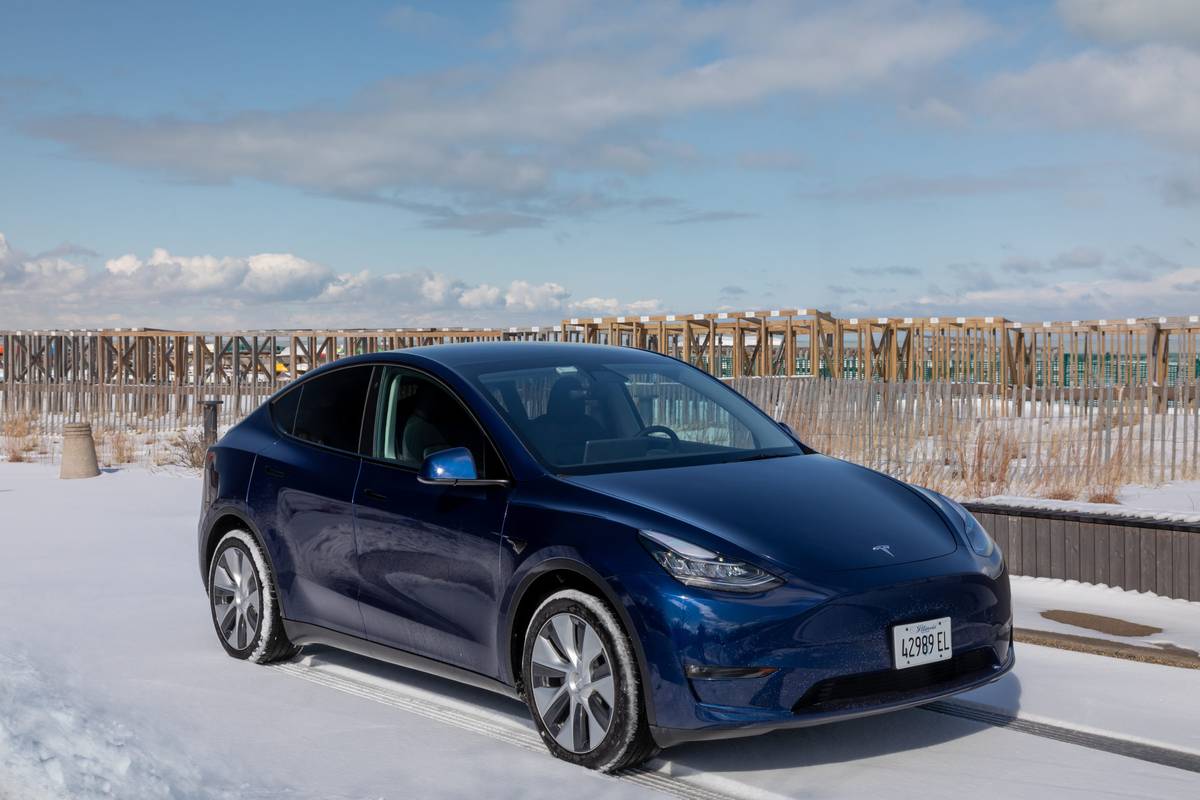Tesla Recalls Over 2 Million Cars Equipped With Autopilot


Tesla is recalling more than 2 million vehicles equipped with its Autopilot feature because of what the National Highway Traffic Safety Administration deems “controls insufficient to prevent misuse.” The recall applies to model-year 2012-23 Model S sedans, 2016-23 Model X SUVs, 2017-23 Model 3 sedans and 2020-23 Model Y SUVs equipped with Autopilot.
Related: Autonomous Driving Levels and What They Mean to You
The Issue
For applicable Tesla models, the lane-centering feature of Autopilot, called Autosteer, is the chief issue. According to NHTSA, “In certain circumstances when Autosteer is engaged, the prominence and scope of the feature’s controls may not be sufficient to prevent driver misuse of the SAE Level 2 advanced driver-assistance feature.” This can lead to an increased risk of a crash when drivers aren’t prepared to intervene because they don’t pay adequate attention to road conditions, Autosteer’s behavior, or if Autopilot or Autosteer remain engaged.
The Fix
Rather than a recall that requires taking a vehicle to a dealership for a physical repair, Tesla will issue a free over-the-air update to the software of affected vehicles that “will incorporate additional controls and alerts to those already existing on affected vehicles to further encourage the driver to adhere to their continuous driving responsibility whenever Autosteer is engaged, which includes keeping their hands on the steering wheel and paying attention to the roadway.” Depending on vehicle hardware, additional controls include increasing the prominence of visual alerts on the user interface, simplifying engagement and disengagement of Autosteer, additional checks upon engaging Autosteer and while using the feature outside controlled access highways and when approaching traffic controls, and suspension from Autosteer use if the driver repeatedly fails to demonstrate “sufficient” driving responsibility while the feature is engaged.
Tesla will send owner notification letters by Feb. 10, 2024, but according to NHTSA, the over-the-air update began going out Dec. 12 with software version 2023.44.30.
How Did We Get Here?
The recall comes on the heels of a series of reports in The Washington Post about crashes involving Teslas using the Autopilot feature and an investigation into where Autosteer is meant to be used. The Post investigation examined eight crashes involving Autopilot on roads that did not meet the above criteria. As early as 2016, the National Transportation Safety Board recommended limits on when and where these features could be activated — but the NTSB is only an investigatory arm of the federal government and has no enforcement powers. Tesla has thus far not imposed effective controls or limits on Autopilot that would prevent its use in certain conditions or locations. NHTSA, which does have the enforcement power to require such limits, has said it has no plans to do so, and that trying to do so would be too complex and resource-intensive.
Per Tesla’s various owners’ manuals, Autosteer is only meant to be used on controlled-access highways — that is, a highway with a physical median and no cross-traffic. This is how similar features like Ford’s BlueCruise and GM’s Super Cruise operate; both can only be activated on certain premapped divided highways. Tesla warns that Autosteer requires a fully attentive driver with their hands on the steering wheel who is prepared to intervene. The automaker also says Autosteer should not be used in construction zones or where pedestrians or cyclists are present, and that drivers should “never depend on Autosteer to determine an appropriate driving path.” Additionally, Tesla warns that environmental conditions or overly twisty roads may affect the features’ operation. Various Tesla documents also describe Autosteer as a “beta” feature, a term for software that is not yet finalized and may be more error-prone.
Tesla, for its part, takes issue with the Post’s reporting. In a statement issued via X (formerly known as Twitter), the automaker said, “While there are many articles that do not accurately convey the nature of our safety systems, the recent Washington Post article is particularly egregious in its misstatements and lack of relevant context.
“We at Tesla believe that we have a moral obligation to continue improving our already best-in-class safety systems … At the same time, we also believe it is morally indefensible not to make these systems available to a wider set of consumers given the incontrovertible data that shows it is saving lives and preventing injury.
“Regulators around the globe have a duty to protect consumers, and the Tesla team looks forward to continuing our work with them towards our common goal of eliminating as many deaths and injuries as possible on our roadways.”
What’s Next
Based on the recall notice and NHTSA’s apparent lack of will to enforce such things, it doesn’t appear that Tesla will be required to implement hard limits on where and when Autosteer or Autopilot can be activated, which leaves the door open to further potential misuse by drivers. The recall also doesn’t impact the more advanced and more expensive Full Self-Driving feature, which enables Autosteer on City Streets, a feature meant to navigate surface streets and intersections.
We currently own a 2021 Model Y with both Autopilot and Full Self-Driving; we’ll be keeping our eye out for any software updates and will note any changes to vehicle or feature behavior.
More From Cars.com:
- Tesla Launches Full Self-Driving Subscription
- Tesla Replaces Radar Sensors With Tesla Vision Camera System
- Tesla Brings Back Enhanced Autopilot at Half the Cost of Full Self-Driving
- When Hands-Free Ain’t Free: What’s the Cost of Self-Driving Tech?
- More Tesla News
Related Video:
Cars.com’s Editorial department is your source for automotive news and reviews. In line with Cars.com’s long-standing ethics policy, editors and reviewers don’t accept gifts or free trips from automakers. The Editorial department is independent of Cars.com’s advertising, sales and sponsored content departments.

Road Test Editor Brian Normile joined the automotive industry and Cars.com in 2013, and he became part of the Editorial staff in 2014. Brian spent his childhood devouring every car magazine he got his hands on — not literally, eventually — and now reviews and tests vehicles to help consumers make informed choices. Someday, Brian hopes to learn what to do with his hands when he’s reviewing a car on camera. He would daily-drive an Alfa Romeo 4C if he could.
Featured stories




